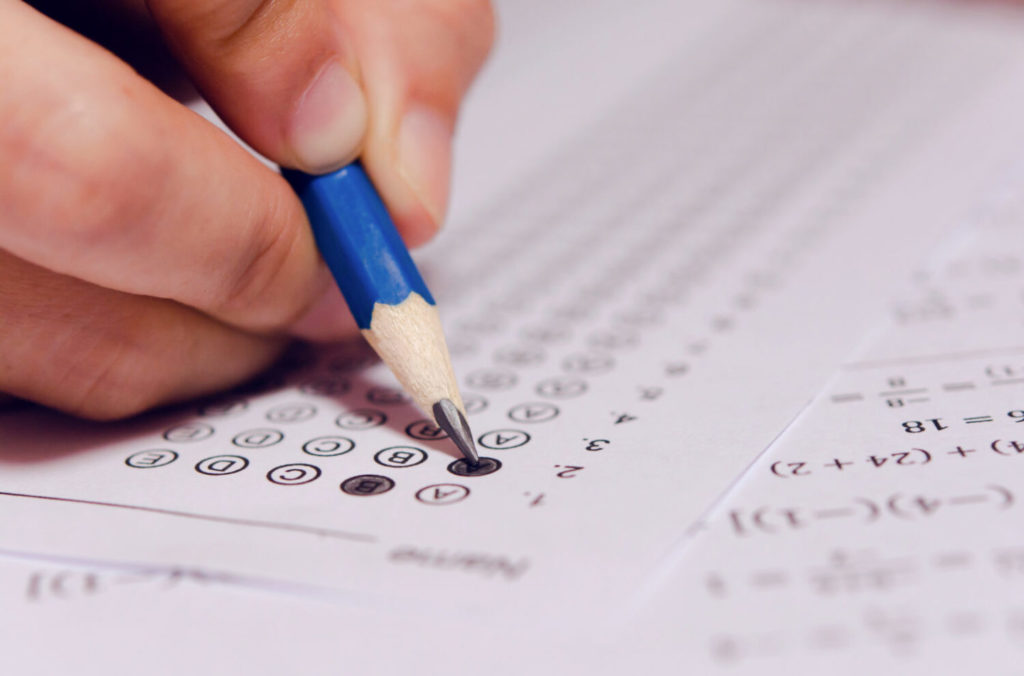Report: More Ohio students score at lowest levels on state tests
(The Center Square) – Nearly a quarter of Ohio students scored at the lowest level on state performance tests in 2022, which rose to nearly one-half in other districts, according to a new…

(The Center Square) – Nearly a quarter of Ohio students scored at the lowest level on state performance tests in 2022, which rose to nearly one-half in other districts, according to a new report.
The analysis from the Thomas Fordham Institute highlights what it says is a “massive” learning loss related to the COVID-19 pandemic that was greater among economically disadvantaged students, students with disabilities, Black and Hispanic students, and English learners.
The report bases its conclusion 2021-2022 state assessment tests by comparing them to 2018 scores before the pandemic.
The report comes when several House committees debate provisions in the proposed General Fund budget, including public education funding and increased accessibility to school vouchers.
“In the midst of our spirited education debates, it’s sometimes easy to forget why bold reforms are so urgently needed,” said Aaron Churchill, Ohio research director for the Fordham Institute. “Simply put, too many Ohio students are falling through the cracks academically – and the pandemic and lengthy school closures have made this situation worse.”
The spring 2022 state exams showed 24% of Ohio students scored at the “limited” achievement level, the state’s lowest benchmark. In 2019, that number was 19%. Students in the limited achievement category scored below grade level and generally earn fewer than 25-35% of the possible test points.
The state’s largest school districts also showed the largest number of students in the limited category, with Cleveland and Dayton leading the way with 51%, followed by Toledo at 49%, Columbus at 47% and Cincinnati at 41%.
The evaluation showed statewide match proficiency rates down 10% in fourth and sixth graders and 15% in eighth graders. Also, high school algebra and geometry exam rates were down 12 and eight points, respectively.
Those numbers are even larger among economically disadvantaged students, students with disabilities, Black students, Hispanic students and English learners, according to the report.
The Fordham Institute also offered four recommendations to quicken the recovery from learning loss, including giving parents more timely information about student achievement on state tests.
The recommendations also include stronger state plans for tutoring and summer programs, requirements schools use evidence-based curricula and lawmakers more effectively allocate state dollars to help low-income students with better identification.
“Policymakers also need to embrace efforts to strengthen classroom instruction, such as Gov. DeWine’s early literacy initiatives, and ensure students receive quality extended learning opportunities,” Churchill said, referring to Gov. Mike DeWine. “Without measures like these, Ohio’s K–12 education system will remain stuck in neutral, and thousands of Buckeye students will exit high school ill-prepared for what comes next.”



